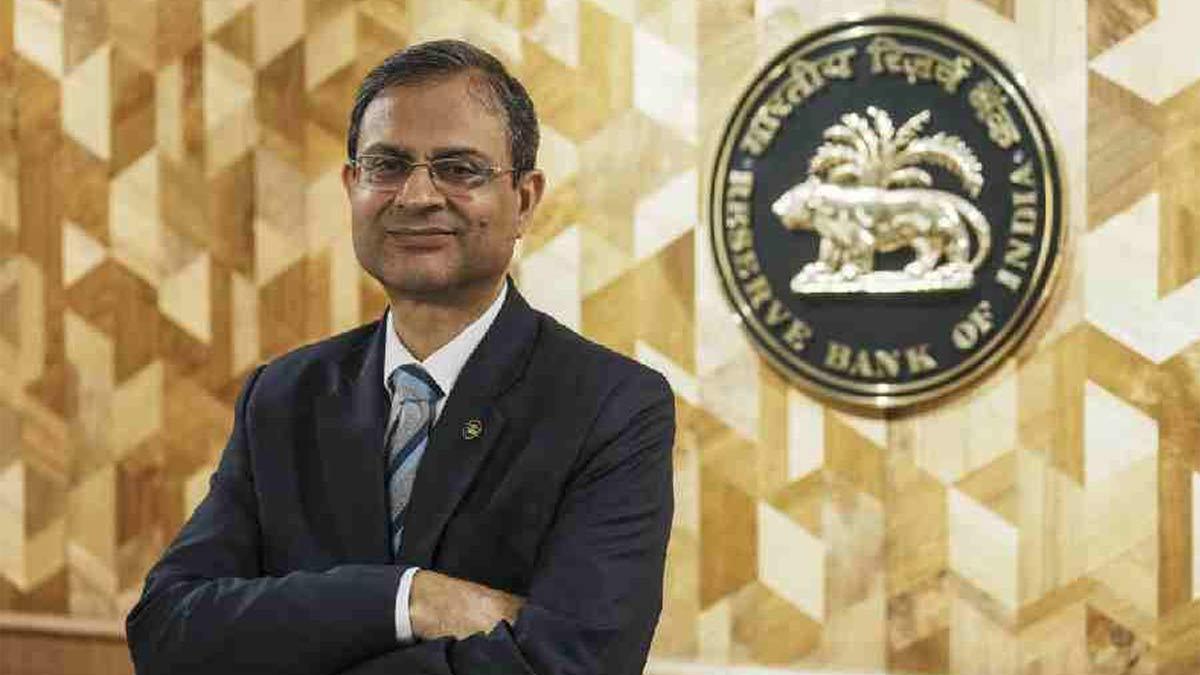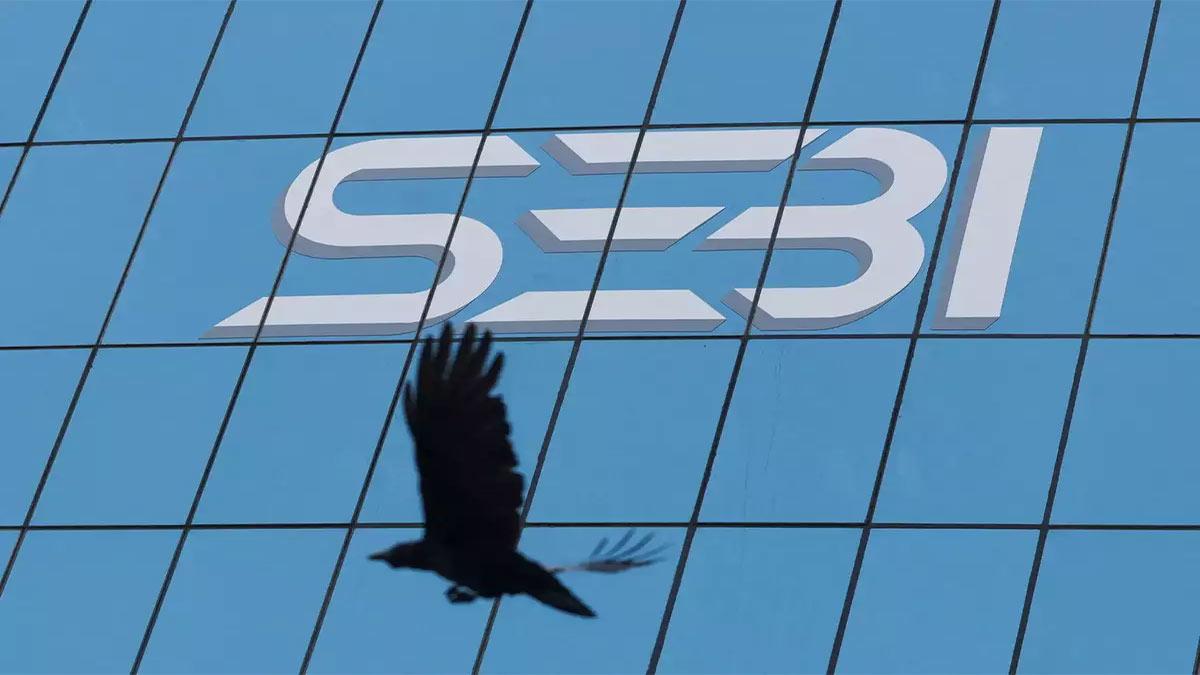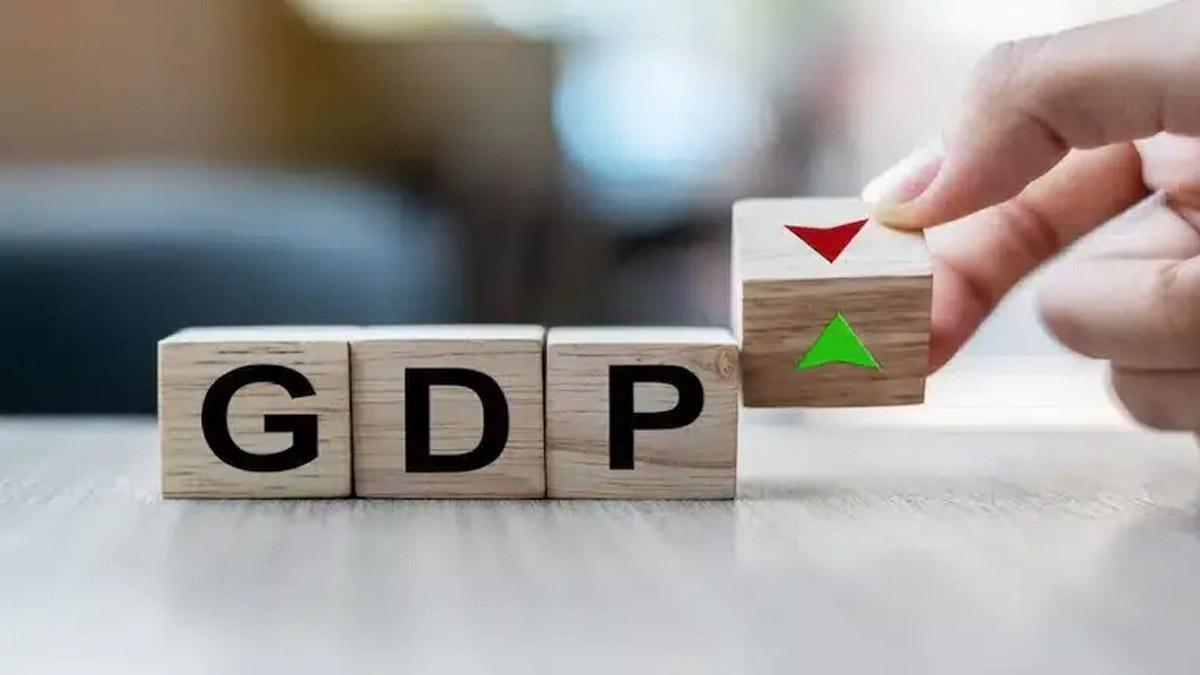India can certainly do over 7 per cent growth rate. And the nation should aspire for that, Reserve Bank Governor Sanjay Malhotra said on Friday.
Reserve Bank of India in its bi-monthly monetary policy on Friday projected 6.7 per cent growth for financial year 2025-26, up from 6.4 per cent estimated for the current fiscal.
"I would like to stick my neck out and say that, certainly India can achieve a 7 per cent and plus growth rate. We should certainly aspire for that," he said when asked whether there was a possibility of the Indian economy growing at a faster pace.
Referring to the Budget proposals of Finance Minister Nirmala Sitharaman, he said that such relief on the income tax won't fuel the inflation but supports growth.
Sitharaman announced more relief by raising the threshold for personal income tax from Rs 7 lakh to Rs 12 lakh, below which a taxpayer owes no tax, and also a rejig of tax brackets that would help those earning higher than that save up to Rs 1.1 lakh.
The reduction in tax rates will benefit one crore taxpayers.
During the interaction with the media after unveiling the last bi-monthly monetary policy of this fiscal year, he further said that the Union Budget 2025-26 is 'excellent' from both growth as well as inflation point of view.
Focus of the Budget on agriculture will help increase production of pulses, oilseeds, and others and bring down food inflation.
In earlier projections for retail inflation, RBI had projected next financial year from April at 4.2 per cent while retaining the forecast for 2024-25 at 4.8 per cent.
Good Kharif production, winter-easing in vegetable prices, and favourable Rabi crop prospects should see food inflation pressures significantly soften in the absence of any supply-side shock, he said.
On rupee, the Governor said, the exchange rate policy has remained consistent over the years and the central bank does not target any 'specific level or band' of the rupee.
"We should not be looking at day-to-day volatility in rupee", but focus on long-term exchange rate, he said.
On Thursday, the rupee plunged 16 paise to close at a record low of 87.59 against the American currency.
The rupee has fallen around 2 per cent so far this year. It has fallen by 3.2 per cent against the dollar since November 6, 2024, the day US presidential election results were declared, largely tracking the 2.4 per cent appreciation in the dollar index during the same period.
The forex reserve has seen a decline of USD 45 billion in the last three months partly due to RBI’s intervention in the forex market. The forex kitty stood at USD 675.65 billion as on November 8, 2024.
As on January 31 this year, India’s foreign exchange reserves stood at USD 630.6 billion, up from USD 629.55 billion in the preceding week, providing an import cover of over 10 months.
Read also| SBI Reports Strong 84% Rise in Net Profit, Reaches Rs 16,891 Crore in Q3
Read also| Vijay Mallya Approaches Karnataka HC for Loan Recovery Details, Banks Issued Notice


















